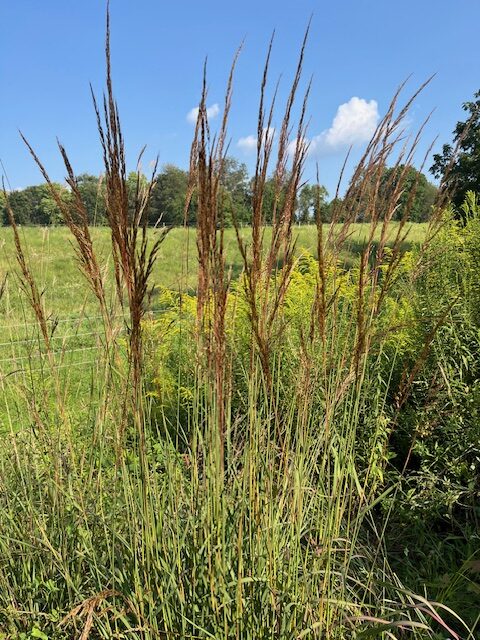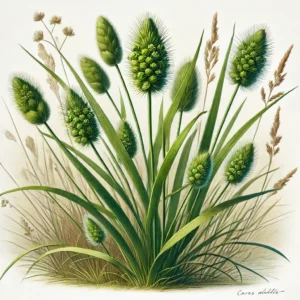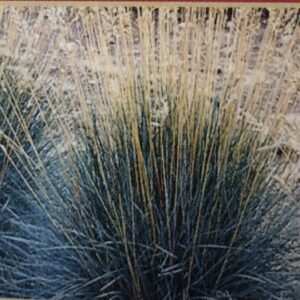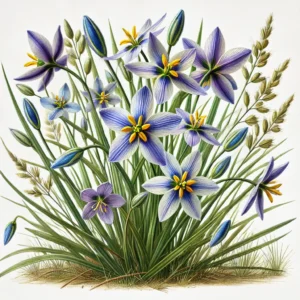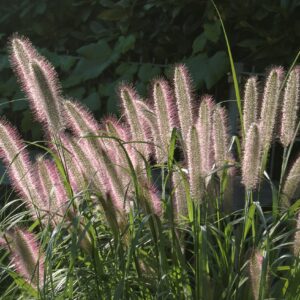Indian Grass (Sorghastrum nutans) is a key native grass species in North American prairies and grasslands. It is known for its ecological importance and ornamental qualities. Indian Grass is a valuable addition to both natural and cultivated landscapes, offering ecological benefits and visual appeal. Its adaptability and role in supporting wildlife make it a great choice for sustainable gardening and restoration projects.
Appearance:
Height: Typically grows 3 to 6 feet tall, though it can reach up to 8 feet in optimal conditions.
Leaves: Long, narrow, and lance-shaped, with a green color that can turn golden or bronze in the fall. Leaves can be up to 1 inch wide and 12 to 18 inches long.
Flowers: Produces distinctive, fluffy seed heads with long, thread-like branches. The seed heads are usually a golden brown color and can be quite attractive, adding texture and visual interest to the landscape.
Stems: Erect and sturdy, supporting the tall flower spikes.
Habitat:
Range: Native to the central and eastern United States, particularly in the Great Plains and Midwest.
Soil: Prefers well-drained, sandy or loamy soils but can adapt to a range of soil types, including clayey soils.
Climate: Thrives in temperate climates with warm summers and cold winters. It is drought-tolerant due to its deep root system.
Ecological Role:
Wildlife: Provides habitat and food for a variety of wildlife. The seeds are eaten by birds and small mammals, while the dense growth offers cover for nesting and shelter.
Pollinators: The flowers attract various pollinators, including bees and butterflies.
Erosion Control: Its extensive root system helps prevent soil erosion, making it valuable for conservation and restoration projects.
Uses:
Landscaping: Used in native plant gardens, prairies, and as a specimen plant in garden beds. It adds vertical interest and texture to garden designs.
Aesthetic: The graceful, flowing seed heads and changing fall colors make it a popular choice for ornamental purposes.
Livestock: Historically, Indian Grass has been used as forage for grazing livestock. It is nutritious and palatable when properly managed.
Conservation: Often included in prairie restoration projects due to its ecological benefits and ability to thrive in diverse soil conditions.
Cultivation Tips:
Planting: Sow seeds directly into the garden after the last frost or start indoors and transplant after the risk of frost has passed. Space plants about 18 to 24 inches apart to accommodate their growth.
Sunlight: Requires full sun to thrive. Aim for at least 6 to 8 hours of direct sunlight per day.
Watering: Needs regular watering during the establishment phase. Once established, it is relatively drought-tolerant and can survive with minimal supplemental watering.
Maintenance: Generally low-maintenance. May require occasional thinning to prevent overcrowding and to maintain plant health and aesthetics.
Considerations:
Invasiveness: Indian Grass is not typically considered invasive but can spread quickly in the right conditions. It’s important to manage its growth to ensure it does not outcompete other plants in cultivated areas.
Pests and Diseases: Generally resistant to pests and diseases, but regular monitoring is beneficial to catch any issues early.

